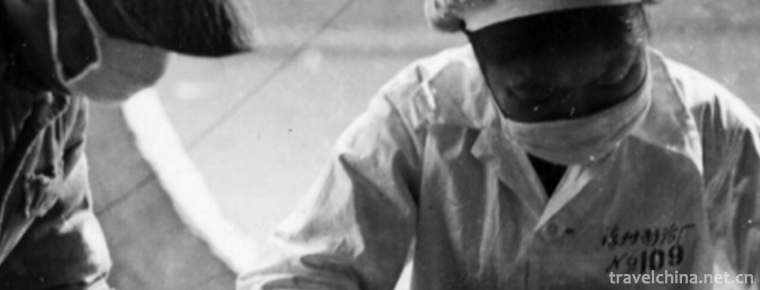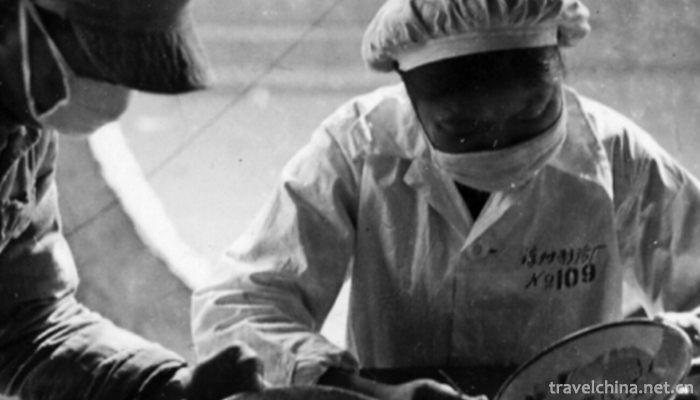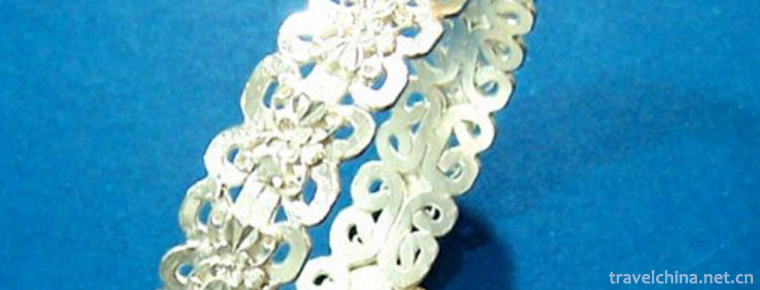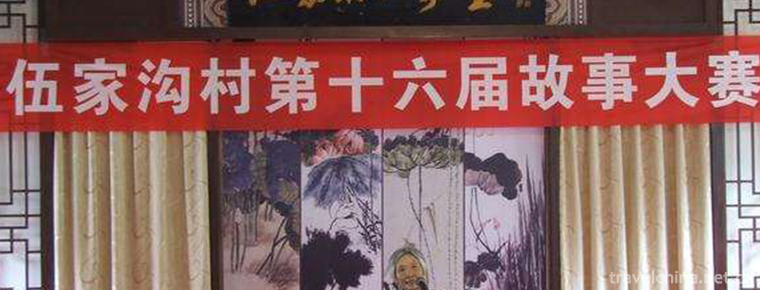2019-06-05

- By ChinaWiki.net
- Chinese Edition
- 2019-08-03
Traditional preparation methods of traditional Chinese medicine
Traditional Chinese medicine preparation method, one of the traditional Chinese medicine, is declared by the Chinese Academy of Traditional Chinese Medicine and the Chinese Association of Traditional Chinese Medicine. It is one of the national intangible cultural heritages.
Under the guidance of traditional Chinese medicine theory, traditional Chinese medicine preparations are processed from traditional Chinese medicine as raw materials to produce drugs with certain specifications that can be directly used for disease prevention and treatment. The most representative traditional formulations are pills, powder, ointment and dan. For thousands of years, traditional Chinese medicine preparations have accumulated rich experience and formed unique preparations technology in the medical practice of doctors of past dynasties, which is an important part of the treasure house of traditional Chinese medicine.
On May 20, 2006, the traditional Chinese medicine preparation method was approved by the State Council of the People's Republic of China and listed in the first batch of national intangible cultural heritage list, No. IX-4.
History of Development
In Xia Yu's time, the working people of China discovered the function of wine by brewing wine, and made medicinal liquor. At the same time, they found koji. By Shang Dynasty, decoction had been widely used. In the Eastern Han Dynasty, there were already known about the pharmaceutical theory and preparation rules. It was pointed out that "those who were suitable for pills, dispersions, decoctions, wine stains, and soups should not be violated with medicinal properties". It is emphasized that dosage forms should be selected according to their properties. On the basis of soup, pills, powder, ointment and wine, Zhang Zhongjing has created more than ten formulations, such as sitting agent, conducting agent, lotion, ear drops, syrup and organ preparation. Moreover, the preparation method is relatively complete, and the usage, dosage and indication are clear. Gehong in Jin Dynasty created pills by using the adhesive force of medicine itself, as well as lead paste, wax pills, concentrated pills, ingots, bars, moxibustion and other dosage forms. In the Jin and Yuan Dynasties, pill coating was invented, while in the Ming Dynasty, the new technology of "cinnabar as coating" was invented. Li Shizhen of the Ming Dynasty was a master. The methods of pharmaceutical preparations before the 16th century were summarized and more than 40 kinds of pharmaceutical formulations were recorded.
With the progress of modern science and technology, new dosage forms, new techniques and new technologies of traditional Chinese medicine (TCM) are emerging constantly, which enriches the dosage forms of TCM preparations. However, the traditional preparation technology has been challenged and impacted unprecedentedly. Besides the decoction is still the preferred dosage form of traditional Chinese medicine, pills, powder and ointment are still widely used. Some traditional dosage forms and technologies have been lost or are being eliminated, including many traditional technologies. Therefore, it is necessary to protect it in order to realize inheritance and development.
The state attaches great importance to the protection of intangible cultural heritage. On May 20, 2006, the traditional Chinese medicine preparation method was approved by the State Council and listed in the first batch of national intangible cultural heritage list. On June 5, 2007, the Ministry of Culture confirmed that Yan Zhenghua of the Chinese Academy of Traditional Chinese Medicine and Zhang Boli of the Chinese Association of Traditional Chinese Medicine were the representative successors of this cultural heritage project, and were included in the list of 226 representative successors of the first batch of national intangible cultural heritage projects.

Ask a Question
Your email address will not be published.



0 Questions